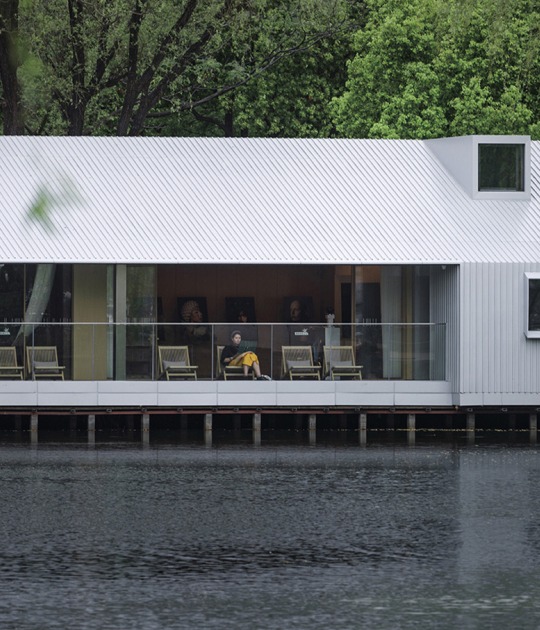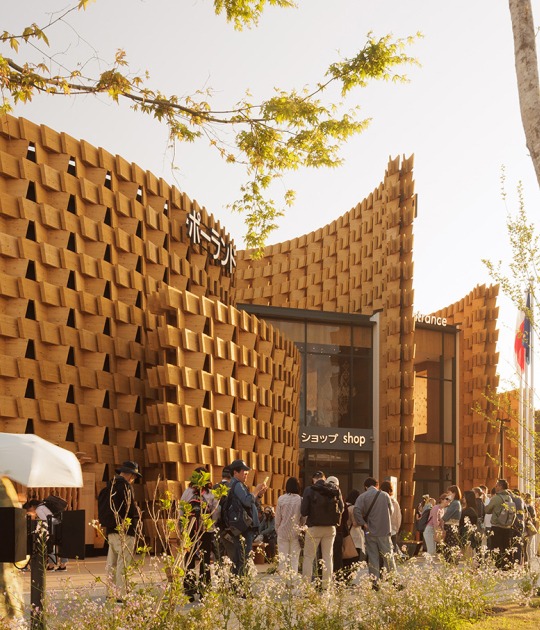The array of pieces presented here includes ten collages executed between 1922 and 1947 and nearly a hundred printed items, all of which are on loan from private collections in Spain and abroad. This selection serves to reveal Schwitters' work as a corpus of art as full of contrasts as it is meaningful. To begin with, we encounter examples of work that can be described as "artistically pure": his collages and, in general, the entire universe of works that Schwitters referred to (in his peculiar turn of phrase) as Merz, a world that he created and re-created over the course of his life. At the same time, however, the exhibition offers a well-rounded assessment of his work in the advertising business and as a graphic designer—work whose evident utilitarian function served to promote certain products and commercial enterprises and which likewise provided for the artist's own economic necessities. And yet, making Schwitters' case all the more interesting, he did not only earn his keep as a graphic designer. As is well known, throughout his career he also painted landscapes and still lifes in a traditional style—that is, "art" in a pre-modernist sense—in order to procure a regular income. One might thus say that his work was markedly bifurcated, both formally and economically, into two activities: those with which he earned no money (avant-garde collages, objects, and sculptural constructions) and those with which he did earn an income (oils and graphic design).
This formal and economic duality that is so fundamental to his oeuvre is the point of departure for Kurt Schwitters. Avant-Garde and Advertising. But it has been chosen as our starting point precisely in order to question the habit of imposing too strict a division between his art and his graphic design (though the difference between them might seem perfectly clear), as if Schwitters' graphic work played a merely secondary role alongside his "principal" work, his extraordinarily novel experiments with form.
For this reason, Kurt Schwitters. Avant-Garde and Advertising present both aspects of his oeuvre, that of the artist and that of the designer, intermingling them in order to delve into their common roots. Indeed, the "economic" or "business" model of Schwitters' work as a graphic designer was not at all unrelated to his self-awareness as an artist. An indication of the degree to which art and design—or, avant-garde and publicity—are interwoven in Schwitters' oeuvre lies in the term he invented to identify his work: Merz. Not only did it arise, according to Schwitters, from his having come across fragments of printed matter from a bank in which he found the word Kommerz, "commerce," torn in half; but he also applied it indiscriminately to paintings (Merzbilder), constructions (Merzbauten), sculptural objects (Merzobjekte), and exhibitions (Merzausstellungen), and, at the same time, to his unusual advertising agency, the Merzwerbezentrale. In fact, the duality in Schwitters' work between the order and communicative efficacy that must prevail in graphic design and the surprising, baffling effects of the inherently spontaneous technique of collage is not an irreconcilable dichotomy; on the contrary, it is marked by the same consistency as the equilibrium that Schwitters managed to establish between his activities as an artist and as a poet. Indeed, significantly, Schwitters' enormous poetic sensibility which is quite evident in his collages also appears in his work as an ad designer, in which he often applied his uncommon ingenuity to the creation of effective slogans and phrases, some of which became very popular.
Kurt Schwitters. Avant-Garde and Advertising aims to present Schwitters' artistic, poetic, and advertising work visually as a comprehensible whole, governed by an idiosyncratic internal logic. Collages allowed him to reestablish and recompose an order—the order of art and poetry—for those "things" from daily life (theatre tickets, used and torn wrappers, newspapers, pieces of cloth, wires, and nails, but also texts, unconnected words, expressions, poems, phrases, and syllables) that use and the passage of time had stripped of their original function and, therefore, of their meaning in its entirety. It is the work of the collagist, the assemblages built out of those fragments, that gives them new meaning: the meaning of artistic creation. Through the order of art, collage recomposes the order of events (and of language) when their obsolescence or disuse has supervened. This act of creation, which implies a kind of resurrection, a second chance provided by art for life's objects and things, was for Schwitters also inseparable from a certain tension and anguish: In his Merz one can sense an echo of the word Schmerz (suffering, grief), whose first three letters in turn point to the first letters of the artist's last name.
In short, the novelty of the avant-garde artist's experimentation with form meshed, in Schwitters' case, with his work as a graphic artist, in such a way that his oeuvre can be presented as a true, mutually productive symbiosis between two realities in modern art, as apparently at odds as they are intimately connected: the avant-garde and advertising.
When.- October 22, 2014 – February 15, 2015.
Where.- Museo de Arte Abstracto Español (Fundación Juan March), Hanging Houses (Casas Colgadas) Cuenca, Spain.


























